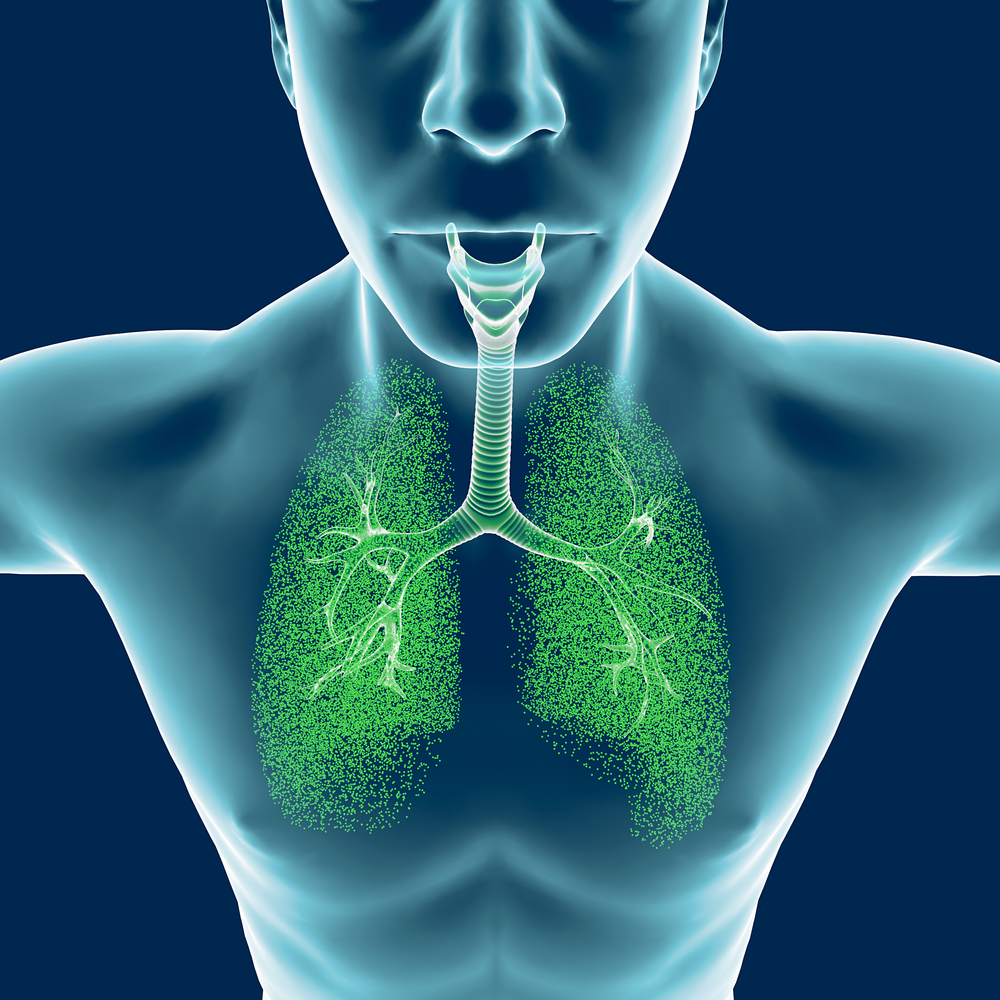Verona Starts Phase 2b Trial to Test Nebulized Ensifentrine as Add-on Therapy

Verona Pharma started a Phase 2b dose-ranging study testing the safety and efficacy of nebulized ensifentrine (RPL554) as an add-on to a standard long-acting bronchodilator in people with moderate to severe chronic obstructive pulmonary disease (COPD), the company announced.
The inhaled dual inhibitor ensifentrine targets the enzymes phosphodiesterase 3 and 4, involved in smooth muscle contraction and inflammation. The investigational therapy is designed to trigger bronchodilation, and has anti-inflammatory effects.
Verona is developing ensifentrine as a maintenance therapy for COPD, as well as for the treatment of cystic fibrosis and asthma.
The aim of the new Phase 2b clinical study (NCT03937479) is to select the optimal dose for a future Phase 3 study evaluating nebulized ensifentrine as add-on therapy to standard-of-care treatments. Researchers will compare the safety and efficacy of ensifentrine at different doses with placebo in patients with moderate to severe COPD already receiving the bronchodilator tiotropium (Spiriva Respimat, marketed by Boehringer Ingelheim), a so-called long-acting anti-muscarinic (LAMA).
“In addition to further evaluating the potential of nebulized ensifentrine as a first-in-class therapy in symptomatic COPD patients already receiving a long-acting bronchodilator, this study is an important step toward optimizing the clinical profile of ensifentrine for the planned end-of-Phase 2 meeting with the FDA in the first half of 2020,” Jan-Anders Karlsson, PhD, CEO of Verona Pharma, said in a press release.
“The study is also expected to further inform the Phase 3 clinical development program for ensifentrine in terms of dose selection, patient population, background therapy and clinical endpoints,” Karlsson said.
The four-week randomized study intends to enroll 400 COPD patients. They will receive one of four doses — 0.375 mg, 0.75 mg, 1.5 mg, or 3.0 mg — of ensifentrine twice daily.
The primary endpoint of the trial is lung function improvements, observed by peak forced expiratory volume in one second (FEV1) measured at the time of dosing and three hours after. Apart from lung function, researchers will also assess secondary endpoints, such as respiratory symptoms, quality of life, and potential adverse effects.
Earlier Phase 2 studies testing ensifentrine in patients with moderate to severe COPD showed significant improvement in lung function and COPD-associated symptoms, such as dyspnea (breathlessness). Ensifentrine treatment also resulted in improved lung function in patients receiving standard short- and long-acting bronchodilator therapy, including dual or triple therapy.
Verona has also developed two separate formulations of ensifentrine: a dry powder inhaler, and a pressurized metered dose inhaler, which forces the medication out upon pressing.
The dry powder inhaler showed significant bronchodilation upon single dosage in an ongoing Phase 2 trial. The company is now evaluating twice-daily treatment over one week, and aims to present a summary of the results in the third quarter of 2019.
Verona also plans to start clinical trials with the pressurized metered dose inhaler formulation in a Phase 2 study in patients with COPD.
To date, more than 800 people have received ensifentrine in clinical trial contexts, and the results indicate that patients tolerate the therapy well.






